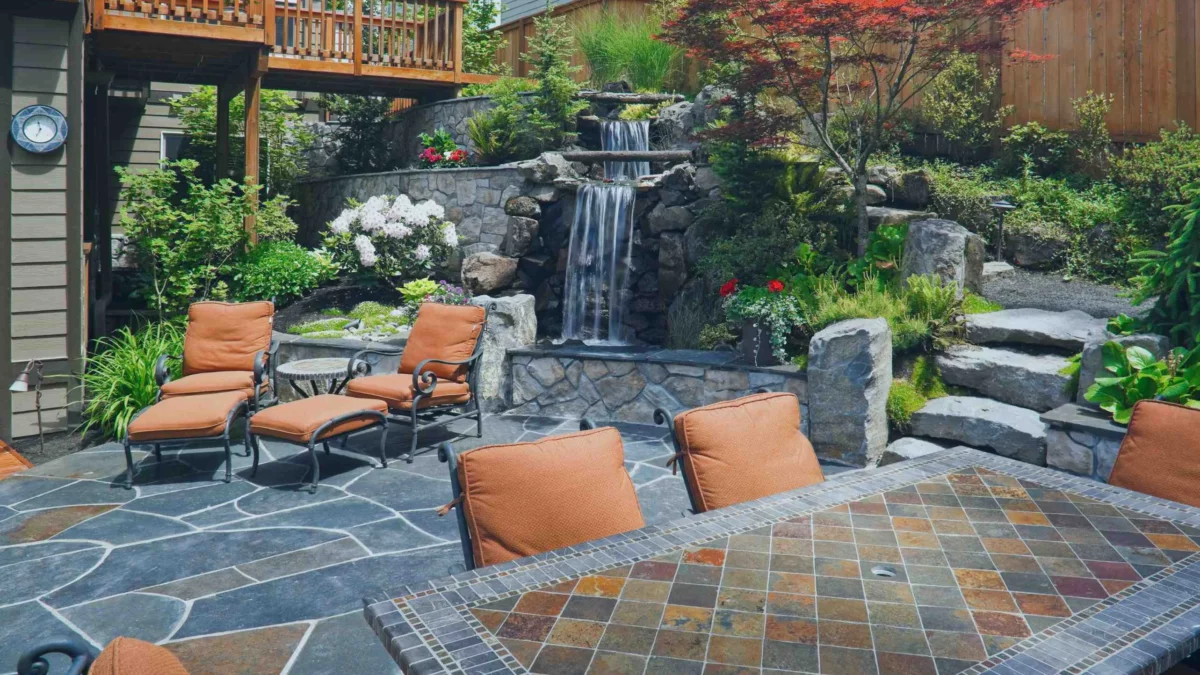In today’s world, where we spend much of our time indoors, the importance of creating a healthy living environment cannot be overstated. Many are surprised to learn that their homes can harbor a variety of health hazards, from chemical pollutants to mold and mildew. These can significantly impact air quality and, by extension, personal health. By adopting a few simple practices, however, you can transform your home into a sanctuary that supports your well-being. Here’s how to create a healthier, toxic-free home.
Understanding Indoor Air Quality
Indoor air quality is affected by various pollutants including volatile organic compounds (VOCs) from paints and furnishings, formaldehyde, radon, and particulate matter from cooking and other activities. Poor ventilation can exacerbate these issues, leading to a buildup of contaminants that can cause health problems such as respiratory infections, allergic reactions, and even long-term diseases like asthma.
Steps to Reduce Toxins in Your Home
1. Choose Low-VOC and Non-Toxic Products
When painting walls or buying new furniture, opt for products labeled low-VOC or non-toxic. VOCs are not only emitted during painting but can off-gas from furniture and carpets for years. Similarly, when selecting cleaning products, choose those made from natural ingredients rather than harsh chemicals.
2. Improve Ventilation
Proper ventilation helps reduce pollutant levels indoors. Simple actions like opening windows regularly to let fresh air in can significantly improve indoor air quality. Additionally, ensure that your home’s ventilation systems, such as exhaust fans in the kitchen and bathroom, are clean and functional.
3. Use Air Purifiers
Air purifiers can be particularly effective in homes located in areas with high outdoor pollution levels or for individuals with allergies and asthma. Look for air purifiers with HEPA filters, which are capable of trapping microscopic particles that can cause health issues.
4. Incorporate Plants into Your Decor
Plants are not only aesthetically pleasing, but they can also clean the air. Species like spider plants, peace lilies, and Boston ferns are known for their ability to absorb common air pollutants such as benzene, formaldehyde, and trichloroethylene.
5. Regularly Clean Your Home
Dust can accumulate pollutants and allergens that impact air quality. Regular cleaning helps minimize these elements. Use a vacuum cleaner equipped with a HEPA filter to effectively capture fine particles, and mop floors regularly to pick up any dust that vacuuming leaves behind.
6. Control Humidity Levels
High humidity levels can encourage the growth of mold and mildew, which are significant indoor air contaminants. Use dehumidifiers in damp areas of your home, like basements, to keep humidity levels in check. Ensuring that your bathroom is well-ventilated during and after showers can also prevent mold growth.
7. Be Wary of Fragrances
While scented candles, air fresheners, and similar products can make your home smell pleasant, they often release harmful chemicals into the air. Opt for fragrance-free or naturally-scented alternatives, or use essential oils with a diffuser for a safer, pleasant aroma in your home.
8. Test for Radon
Radon is a colorless, odorless radioactive gas that can enter homes through cracks in the foundation, floors, or walls. It is a leading cause of lung cancer in non-smokers. Home radon test kits are inexpensive and easy to use, and detecting radon early can help you take steps to mitigate it before it becomes a health hazard.
9. Avoid Synthetic Carpets
Synthetic carpets often contain VOCs and can trap dust, pet dander, and other allergens. Consider choosing hardwood, tile, or laminate flooring instead, which don’t harbor allergens and are easier to keep clean. If you prefer carpets, select low-VOC options and clean them regularly.
Transforming your home into a healthier environment doesn’t require a complete overhaul—small, consistent changes can make a significant difference. By choosing healthier products, enhancing air quality, and keeping your living space clean and well-maintained, you can create a safer, more comfortable home that promotes well-being for you and your family. Remember, a healthier home is not just about removing toxins; it’s about creating a space that nurtures your health and happiness.
Unlock Full Article
Watch a quick video to get instant access.


Social Media